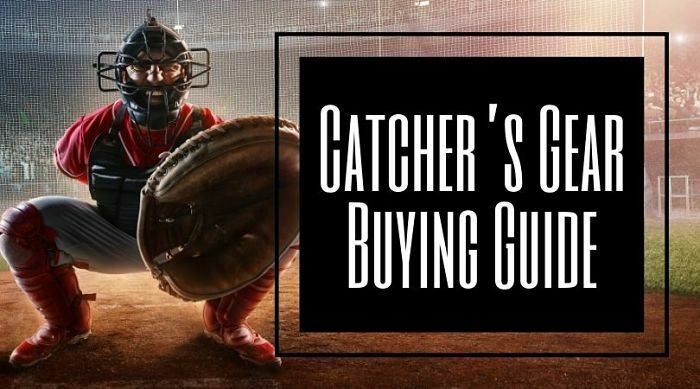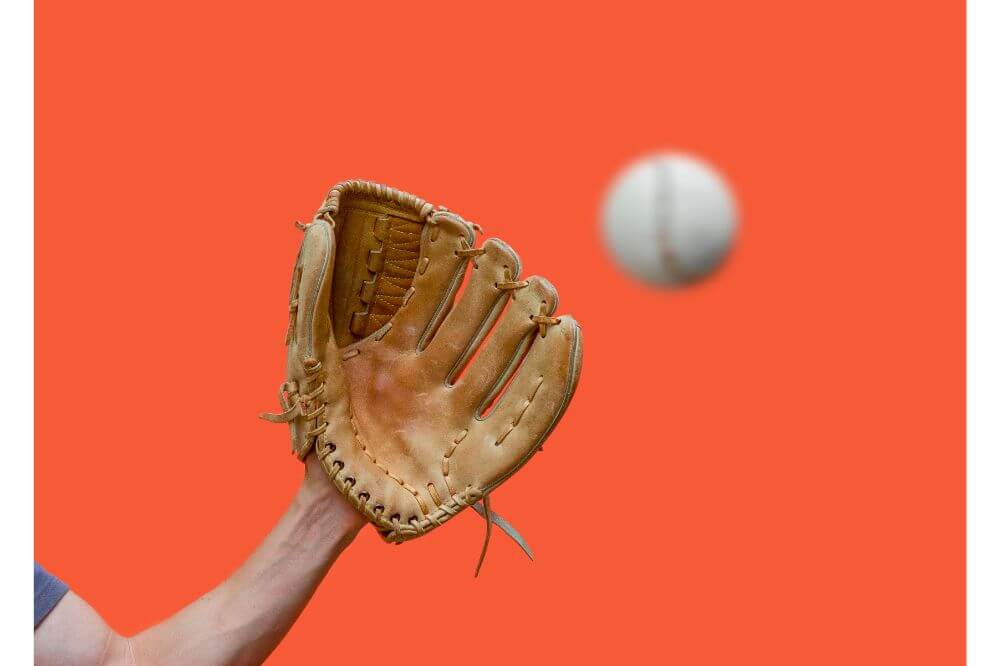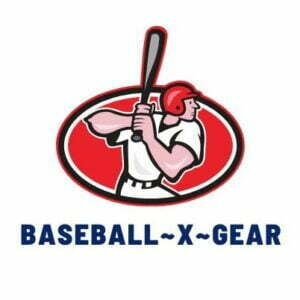Having proper gear matters more to the catcher than any other player on the field. They move constantly and expose themselves to danger while catching fastballs, blocking wild pitches, tagging runners out at the plate, and fielding bunts. Without adequate protection, the risk of injury at this position is much higher than with any other.
To help you choose the right equipment, we’ve created an in-depth catcher’s gear buying guide. We’ll tell you what you should look for in your mask, catcher’s mitt, chest protector, and all the other necessary items.
Mask
The mask might be the most crucial part of a catcher’s arsenal. It offers two primary features: protection and easy removal. This means that it keeps you safe from wild pitches, tipped balls, and errant bat swings, while also allowing you to take it off easily while chasing foul balls.
There are two main types of catcher’s masks: the hockey style and the traditional two-piece mask.
Hockey-style masks resemble hockey goalies’ helmets and are rising in popularity due to their superior protection. Many youth leagues require catchers to wear this type of mask. However, they can be hard to remove and may even impair your peripheral vision.
On the other hand, two-piece models sit atop your batting helmet, making them easy to remove when making a play at the plate. But although these masks have padding to cover the jaw and forehead, they provide less overall protection than their hockey-style counterpart.
Another feature you need to consider is the size. Unfortunately, there are only two sizes (adult and youth), but these masks are usually easy to place on your head firmly. All you need is a couple of strap pulls to adjust to a suitable fit.
Youth masks are meant for children older than 12, whereas adult masks are designed for catchers that are 13 and up. That said, these estimates aren’t carved in stone – you can even find high school catchers wearing a youth mask. Therefore, find the most comfortable model without brooding on the size too much.
Mitt
You need reliable, solid equipment to protect you as you catch pitches behind the plate or handle foul balls, and this is where catcher’s mitts come into play. They’re designed to protect your hand and wrist without hindering your performance.
Your catcher’s mitt should have a large pocket and ample room for extra padding to ensure protection. The bigger the glove, the more padding you get for your fingers and palm. Plus, larger models give you more area to work with, which can help you make easier catches.
Again, you can find catcher’s mitts in two sizes: youth and adult. Youth models are generally 31 inches and smaller, whereas adult mitts range between 32 and 34 inches in circumference.
Larger mitts are typically recommended, but they’re not perfect for all players. For instance, if you want to get balls in and out of your hands faster, you’re better off with a smaller model.
Chest Protector
Chest protectors are the largest piece of catcher’s gear. It helps protect your chest, shoulders, stomach, and neck from wild pitches and foul tips.
You should primarily look for durable foam-like materials that follow your natural body shape for optimal protection. The inside should contain a mesh-like substance to keep you cool throughout your games. In most cases, the higher the cost of your chest guard, the better it will serve you.
Regardless of your chest protector type, it needs to fit you properly. Thankfully, finding the right size is relatively straightforward:
- Take a ruler or tape measure.
- Have someone else take your measurements to increase accuracy.
- Then, stand up straight and measure the length from your belly button to the bottom of your throat.
Leg Guards
Leg guards offer a tremendous source of comfort for catchers who kneel for long periods. Providing protection for your ankles, knees, and shins, the guards extend from the upper part of the cleat to above your knees. Their inside comes with soft padding to maximize comfort, and the outside features a hard shell to shield you from balls and other players.
The size is one of the most important aspects of getting the right leg guard. Improperly sized models can’t fit comfortably and securely, neutralizing their protective properties.
Measure the distance between the top of your foot and the middle of your knee to determine the ideal length. Correctly fitting leg guards will stay in place during any maneuver, whether you’re running or crouching. Plus, many models are adjustable, allowing you to find the proper fit even if you change your preferences.
Apart from the adequate size, you should also look for the following features in your leg guards:
- Breathable padding and moisture-wicking linings to keep your knees and legs dry throughout the game
- Triple or double knee caps to improve your knee coverage during crouches
- Extra toe cups to prevent ankle or foot injuries
- Additional materials to cover your shin and knee from the inside
Bag
Catchers need several pieces of equipment to boost their performance and cut the risk of injuries. But even with all the advanced polymers, lightweight materials, and cutting-edge technology, carrying the gear to and from the game can be cumbersome and annoying. Therefore, a proper equipment bag keeps your gear organized and well-protected during transportation.
Catcher equipment bags are specifically designed to store and organize all the items in your arsenal. To find a high-quality bag, look for a model with a large main compartment, plenty of pockets, and hooks.
The material is also paramount. You need a tough equipment bag with robust stitching, reinforced areas, and durable polyester to minimize wear and tear. This will help ensure your bag serves you for multiple seasons. You may also want to consider a bag with wheels to haul your equipment more easily.
Don’t Let Inadequate Equipment Slow You Down
Improving your baseball skills doesn’t only depend on hours upon hours of practice. You also need the right equipment to avoid injuries and improve your performance.
The key takeaway from this catcher’s gear buying guide should be to find equipment of the right size and materials that won’t overburden you. With perfect equipment, you’ll be able to focus entirely on your game without worrying about protection.
Thanks for stopping by ~Jeremy


